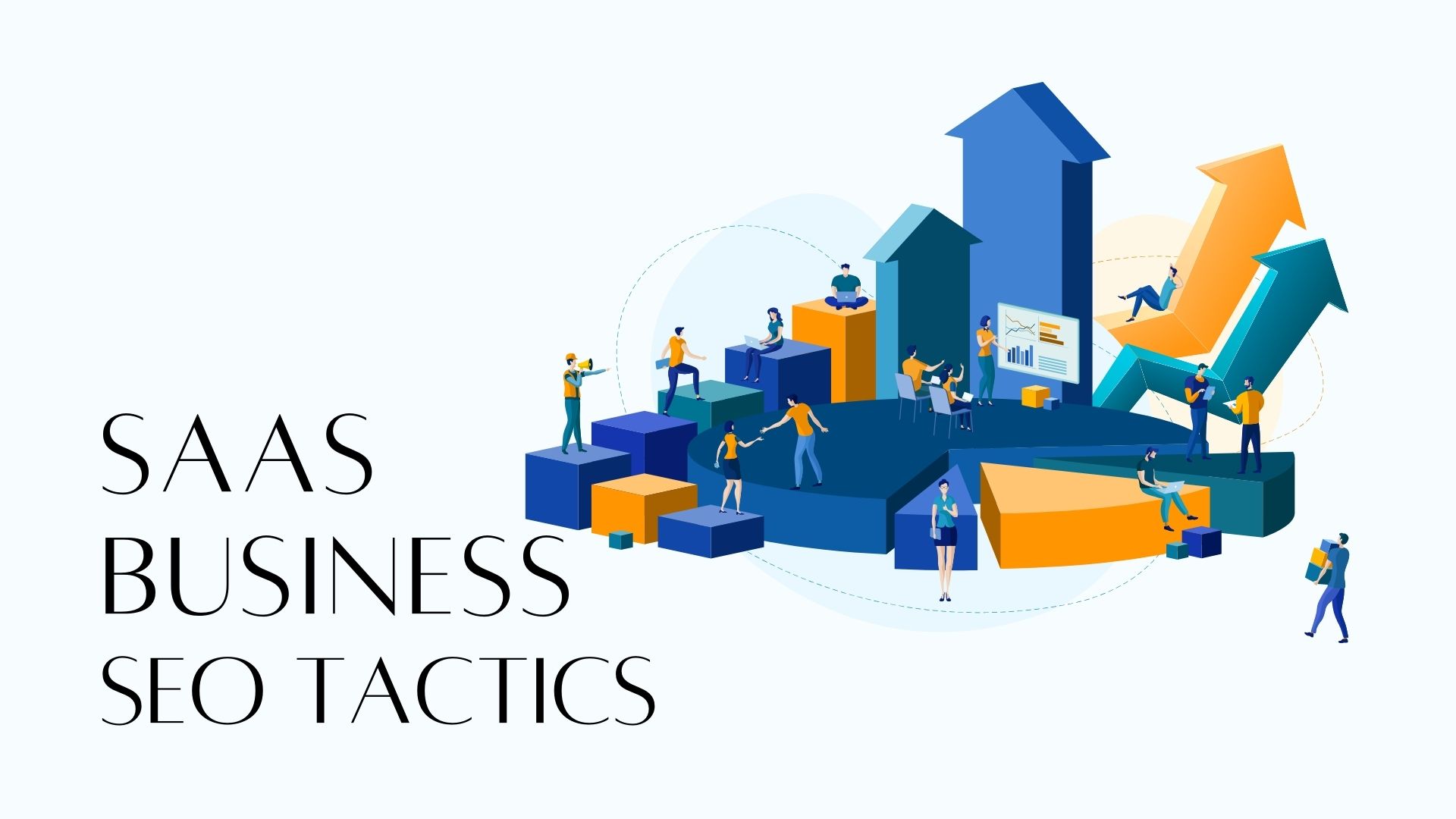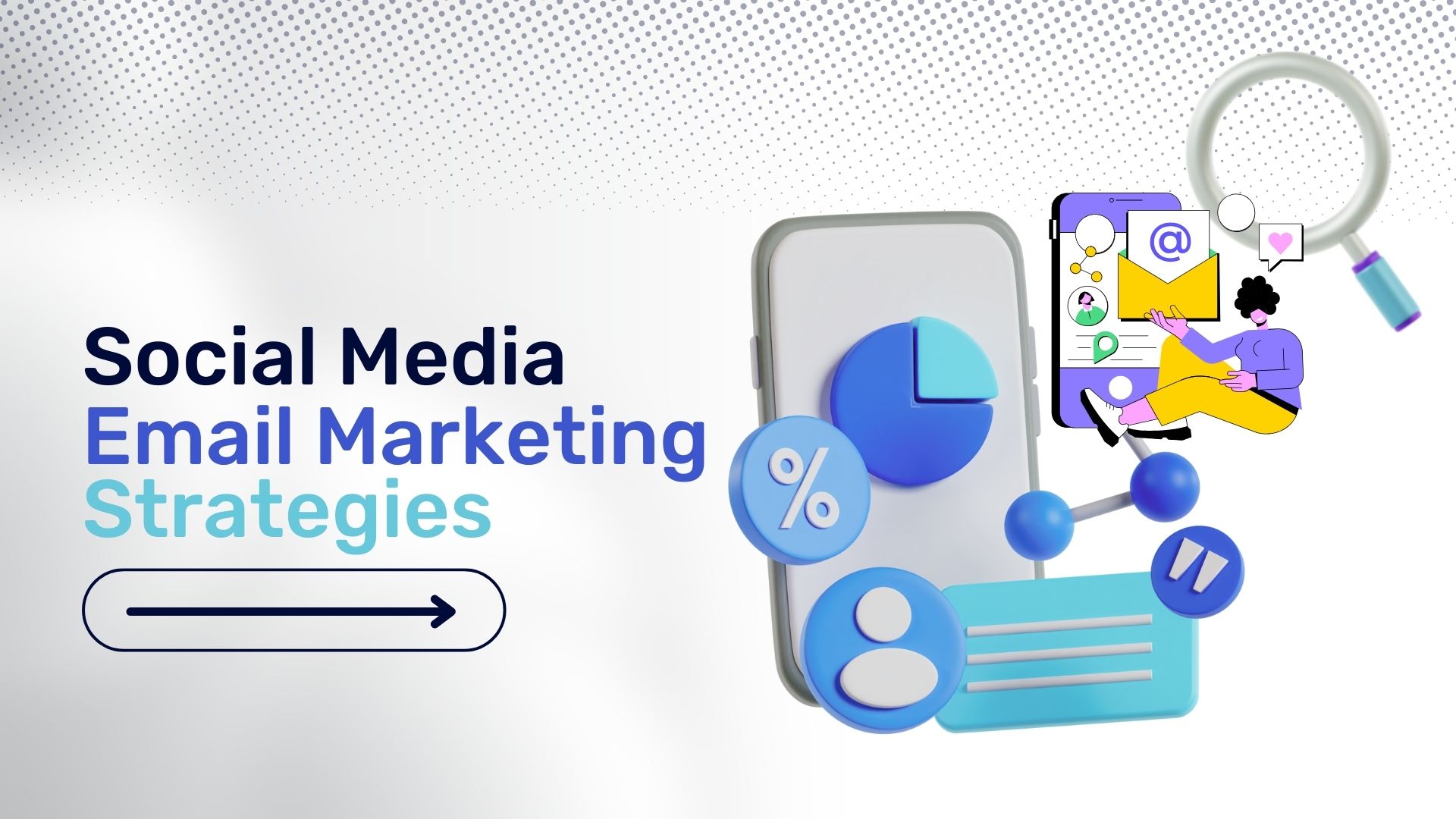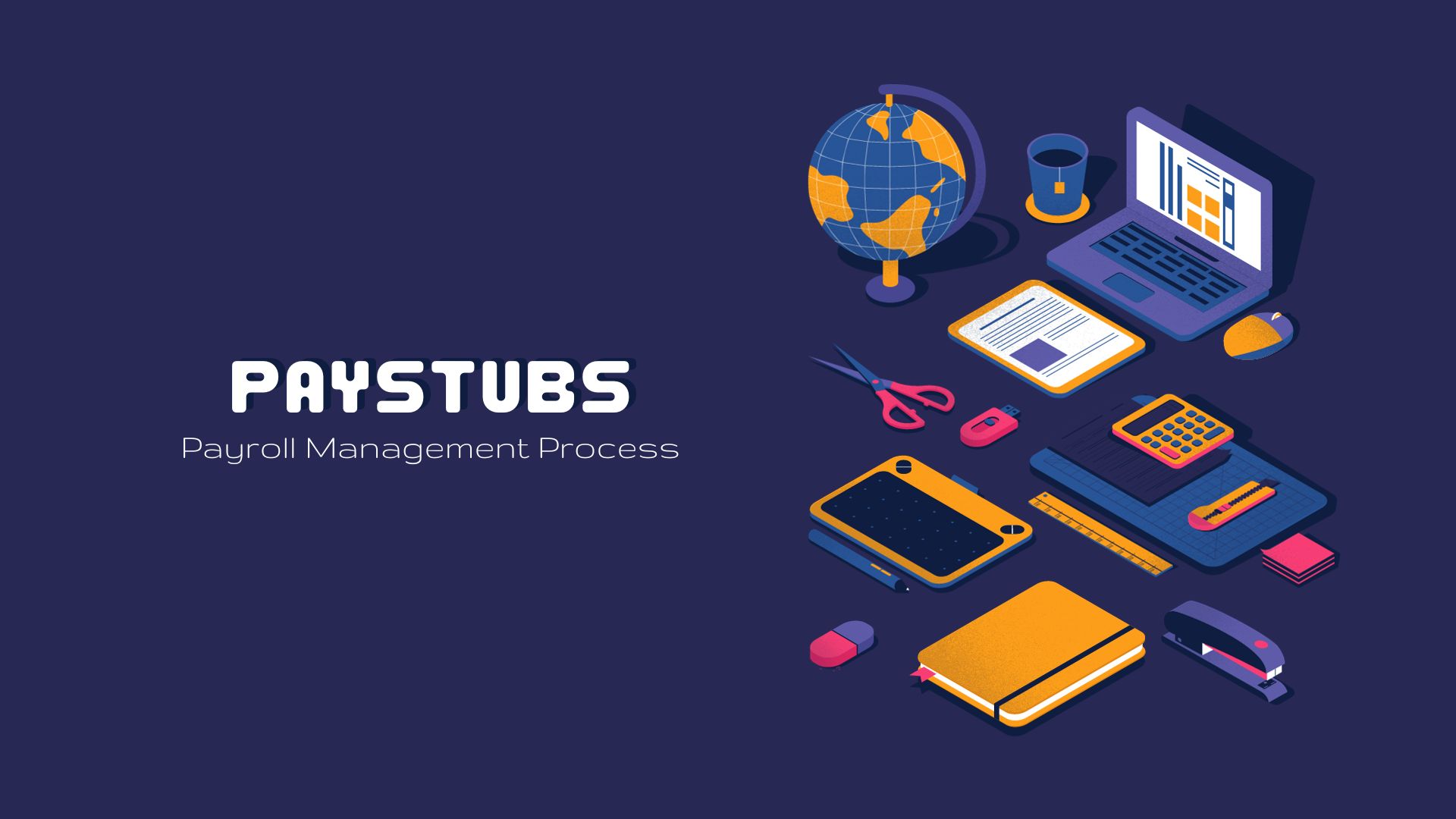Salesforce Keeps Adding New Products, Growing Revenues
Salesforce.com is widely considered a pioneer of the software-as-a-service (SaaS) model, having helped create it from the ground up. And judging from its fiscal third-quarter earnings call, the company is the sheriff of SaaS Town.
For the quarter, Salesforce reported revenue of $788 million, a 35 percent year-over-year gain.
Looking forward, CEO Marc Benioff is optimistic about his company’s performance for the remainder of this fiscal year and into the next. For fiscal 2013, Salesforce is providing revenue guidance of $3.04 billion. For 2014, the company foresees revenue in the range of $3.80 to $3.85 billion.
“I’m thrilled to announce that Salesforce delivered more than 66 billion transactions in the quarter, far more than any other enterprise cloud company. That’s up 65 percent from a year ago,” Benioff said during his company’s earnings call. “This is not shelfware.”
Salesforce has three core businesses, Benioff explained. At the core is the company’s Sales Cloud, which is supported by the Service Cloud. The third pillar is the Platform business, which includes Force.com.
Work.com Rising
While these are Salesforce’s core businesses today, Benioff is bullish about the growth prospects for the Work.com business as well. Benioff announced Salesforce’s Work.com solution during Salesforce’s second-quarter 2013 earnings call and formally launched it at the Dreamforce conference in September.
Work.com is an application in the HR category, but it’s not a traditional HR application, Benioff said.
“It’s an application that gives you productivity, and in today’s time and today’s age this is something all of our customers need,” Benioff said. “We have deeply integrated Work.com as an extension into our core platform and into the Sales Cloud, into the Service Cloud, into the Marketing Cloud.”
For example, if an employee is using Salesforce Chatter, he is able to give recognition to other employees. Through that recognition, a social profile can be built.
“We’ve talked for over a year about the importance of building that social profile,” Benioff said. “But when you’re going to the social profile, you’re seeing all these incredible badges that are coming out through Work.com. It’s a bit of a gamification into our core enterprise application suite.”
Benioff noted that Saleforce is now positioned as a customer company that provides sales, service, marketing and platform capabilities.
The Competition: SAP and Oracle
Salesforce has long been competitive with both SAP and Oracle, though Benioff doesn’t seem too worried about either of those software giants.
“My analysis is that for SAP, they have repositioned themselves as a company that offers analytics through Business Objects and data warehousing with HANA, and that this is the major focus of their work going forward,” Benioff said. “With Oracle, I think that they repositioned themselves as a mainframe company and operating system provider and also de-positioned themselves in our core space through their conference.”
Salesforce still encounters Oracle and SAP when calling on customers, Benioff said. But, he added, “They have not provided the next-generation vision for customer-based systems, whether it is how to connect with your customers, your employees, your partners and your products in an entirely new way.”
Sean Michael Kerner is a senior editor at InternetNews.com, the news service of the IT Business Edge Network. Follow him on Twitter @TechJournalist.

Sean Michael is a writer who focuses on innovation and how science and technology intersect with industry, technology Wordpress, VMware Salesforce, And Application tech. TechCrunch Europas shortlisted her for the best tech journalist award. She enjoys finding stories that open people's eyes. She graduated from the University of California.








